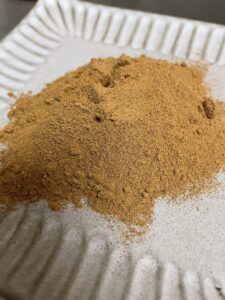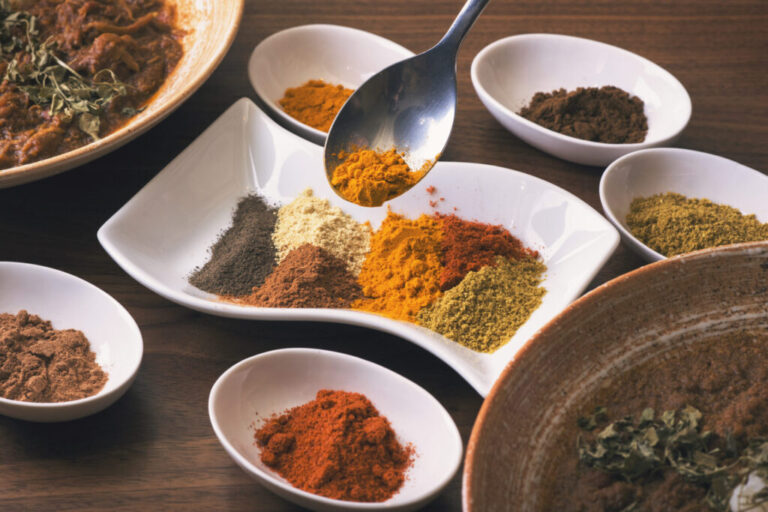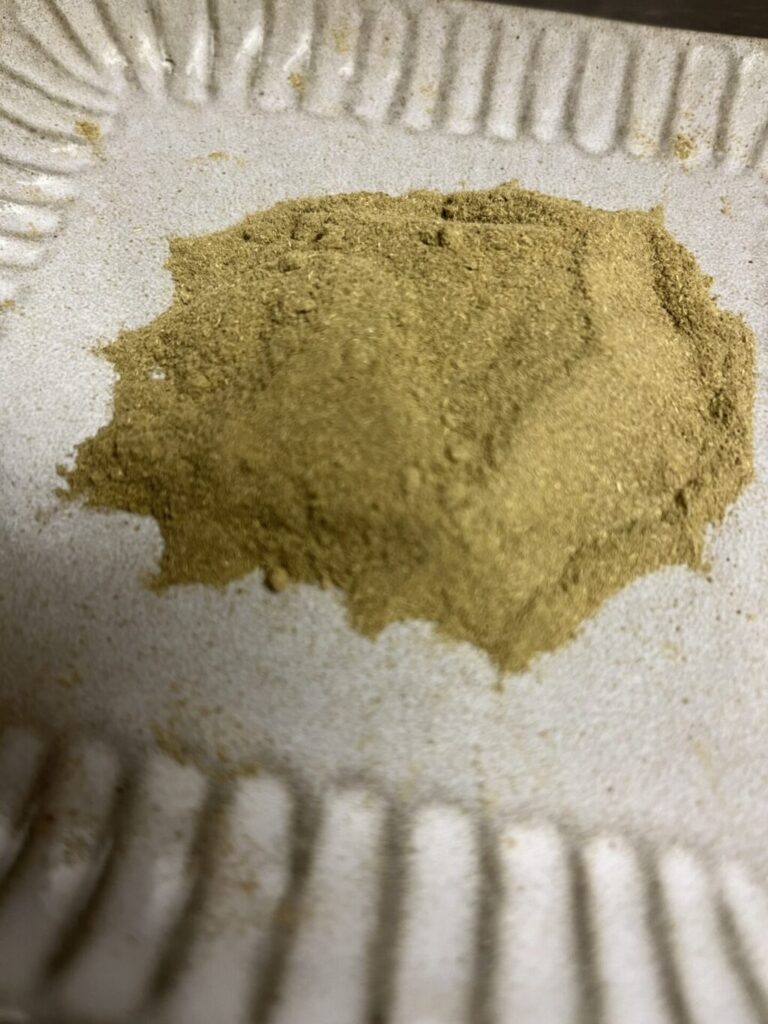 Nutmeg is characterized by its aromatic, fresh, warm aroma. It has a clove-like flavor with a deeper, bittersweet flavor.
Nutmeg is characterized by its aromatic, fresh, warm aroma. It has a clove-like flavor with a deeper, bittersweet flavor.
When ripe, the berries are harvested and the outer skin, pulp, and seed coat (mace) are removed.
The remaining seeds are dried, shelled, and removed as nutmeg.
History of Nutmeg
The spice comes from the fruit of an evergreen tree native to Banda Island in Indonesia’s Moluccas Islands, also known as the Spice Islands.
Two spices can be obtained from this fruit, and we would like to introduce nutmeg this time.
It is said that Magellan, an adventurer, brought nutmeg to Europe.
A fleet of ships led by Magellan on a great voyage around the world arrived at the Moluccas Islands, introduced above. (Actually, Magellan was killed in battle on the way.) Here, they loaded a lot of spices onto a ship and delivered them to the King of Spain.
In those days, spices had a tremendous value, so they generated huge profits… Even today, Indonesia is the number one producer, with Grenada in second place, and these two countries account for most of the market share.
Medicinal effects of nutmeg
Nutmeg has a variety of benefits. Let us introduce some of them.
(1) Improvement of insomnia
Nutmeg increases the production of serotonin, a substance that plays an important role in promoting sleep. It also contains myristicin, which suppresses enzyme secretion, making it more likely to promote sleep.
(2) Digestion promotion
Myristicin regulates intestinal tone. It is also rich in an ingredient called pinene, which has a toning effect on the stomach.
Myristicin helps to remove gas and waste from the intestines while pinene protects the gastric mucosa and supports digestion.
Myristicin helps to improve constipation and diarrhea and regulate the intestinal environment by supporting the evacuation of waste.
(3) Appetite enhancement
Myristicin, introduced earlier, not only has a bowel-regulating effect, but is also said to be effective when the body is not feeling well, such as in the summer heat, and to increase appetite.
(4) Analgesic effect
In China, it has been used as a painkiller since ancient times. Eugenol, a component of nutmeg, has analgesic properties and is said to be effective for joint and skin pain, inflammatory pain such as toothache, and abdominal pain.
We have introduced only the advantages so far, but of course there are disadvantages to taking too much.
While a small amount used in cooking is not a problem, accidental ingestion of a large amount can cause hallucinogenic effects, headaches, nausea, convulsions, dizziness, and other intoxication symptoms.
In addition, it was used as an abortifacient in the past, so we recommend that pregnant women avoid it, regardless of the amount. It may sound a little scary when you hear about the disadvantages, but as long as you observe the intake amount, there are many pleasant effects, so please make good use of it.
How to cook and store nutmeg etc.
Nutmeg has long been used in lamb dishes in the Middle East.
In Africa it is used in mixed spices. In Europe, it is used more routinely in sweet dishes.
It is also used in cakes and other fruit desserts. It also goes well in stews, egg dishes, and cheese dishes.
Nutmeg can be stored almost indefinitely if kept whole in an airtight container.
However, if it is powdered, the aroma will quickly disappear.
So, although it may be time-consuming, please purchase whole nutmeg and grind or grate only the portion you will use.
Finally.
Following the introduction of pepper, how about nutmeg, one of the four major spices in the world?
Although hallucinogenic effects and convulsions may sound a little scary, rest assured that as long as you are careful about the dosage, there is no problem at all.
In the next issue, we will introduce the third in the series of the world’s four major spices, cloves.







